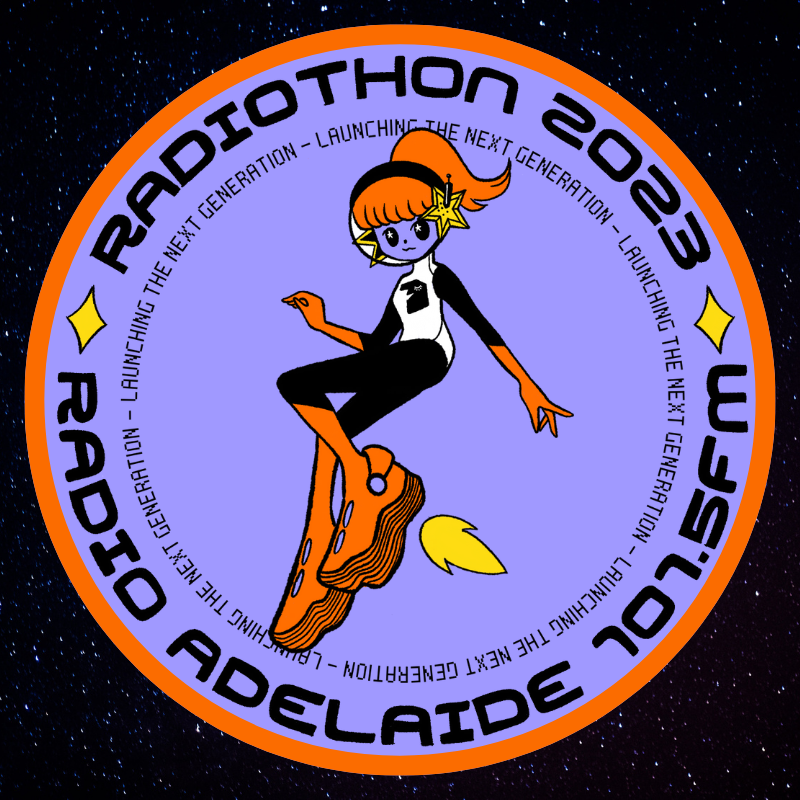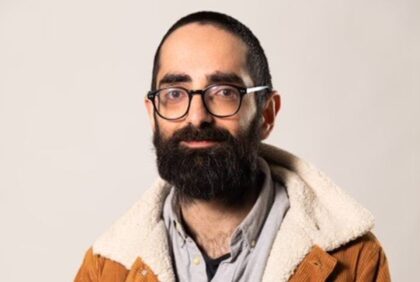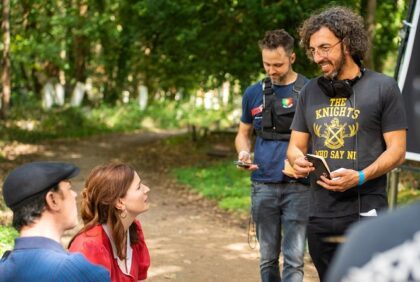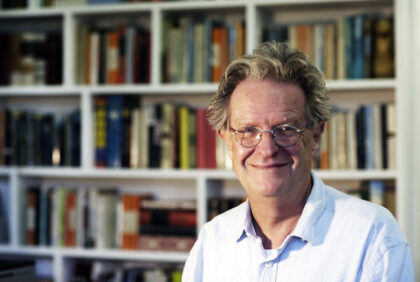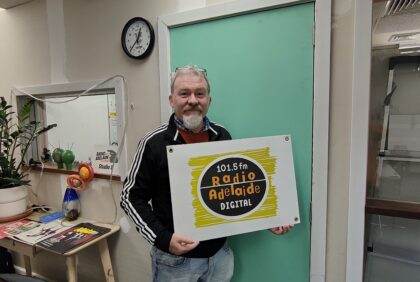Clause Chains and Language Development
Posted on: Wed 26 Aug 2020

Sentences are constructed differently between languages. In English, they comprise no more than two or three ideas at once. But this technique, known among linguists as clause-chaining, is used to its fullest extent in non-anglophone languages around the world.
Central Asian languages including Japanese, Korean, Turkish as well as the indigenous languages of the Amazon, East Africa, and New Guinea are examples of these languages. As a speaker, you may construct sentences of upwards of 20 clauses.
Researchers have found that children who speak these languages can form complex multi-clause sentences from ages as low as two – which is when anglophone children start forming regular sentences.
Research Fellow in Linguistics at Western Sydney University, Hannah Sarvasy, joined Radio Adelaide’s Tom Mann and Zoe Kounadis to discuss her research.
Produced by Leon Bishop
Image sourced: MaxPixel (Licensed under CC0)


